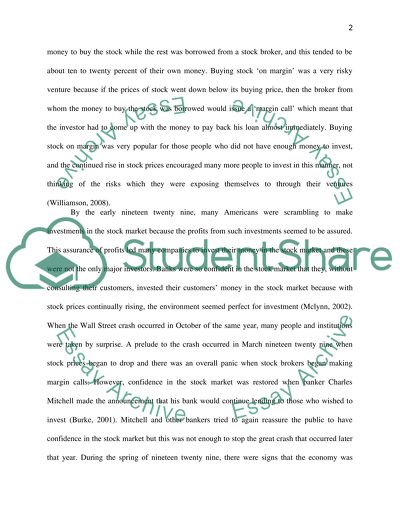Cite this document
(“Causes and Consequences of the Wall Street Crash of 1929 Essay”, n.d.)
Retrieved de https://studentshare.org/history/1456417-what-where-the-main-causes-and-consequences-of-the
Retrieved de https://studentshare.org/history/1456417-what-where-the-main-causes-and-consequences-of-the
(Causes and Consequences of the Wall Street Crash of 1929 Essay)
https://studentshare.org/history/1456417-what-where-the-main-causes-and-consequences-of-the.
https://studentshare.org/history/1456417-what-where-the-main-causes-and-consequences-of-the.
“Causes and Consequences of the Wall Street Crash of 1929 Essay”, n.d. https://studentshare.org/history/1456417-what-where-the-main-causes-and-consequences-of-the.


